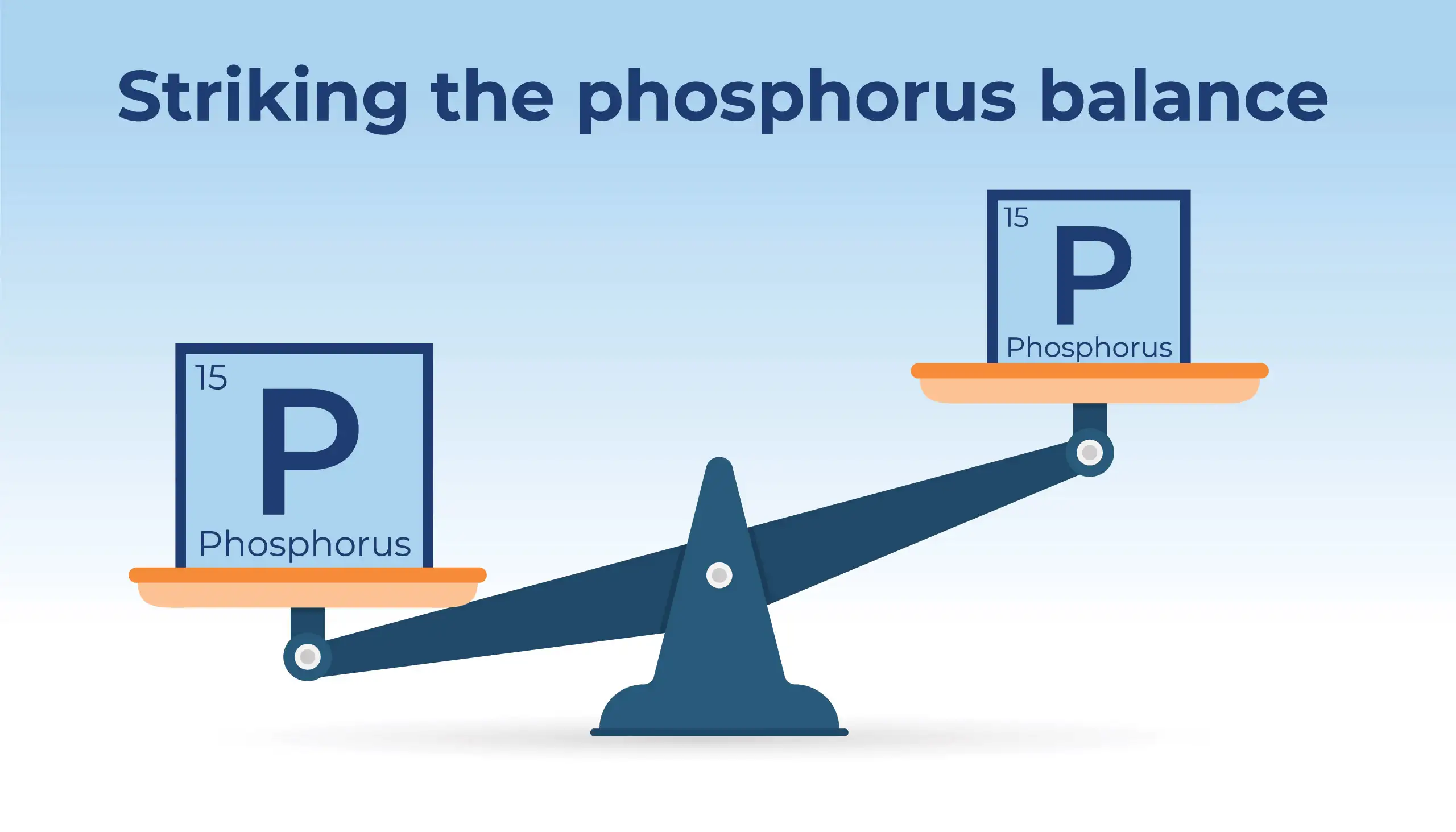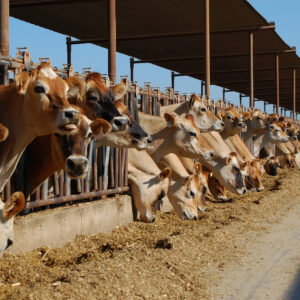The question of phosphorus levels in transition cow diets is gaining renewed attention, particularly with emerging research from experts like Dr. Walter Grunberg. At the recent Cornell Nutrition Conference, Dr. Grunberg shared new insights on phosphorus metabolism and its role in supporting healthy transitions, suggesting a shift from traditional practices.
Historically, feeding phosphorus above the animal’s requirements was often recommended, based on the belief it would support cow health and productivity during the transition period. Similarly, restricting phosphorus during the dry period was thought to be risky. However, recent research indicates the opposite may be true. Findings from Dr. Grunberg’s lab suggest that limiting phosphorus intake in dry cows may be an effective strategy for reducing periparturient hypocalcemia—a common metabolic challenge around calving. This approach relies on inducing a “mild hypophosphatemia” effect, which helps stimulate bone mobilization, releasing calcium and phosphorus into the bloodstream in beneficial amounts.
It’s a novel but promising approach, states Grunberg, that can be safely and efficiently used in transition cow diets. Yet, achieving these controlled phosphorus levels can be challenging with standard on-farm feeds. Typical dietary ingredients often contain sufficient phosphorus, making it difficult to induce mild hypophosphatemia through diet alone. This is where the innovative product X-Zelit offers a simple solution. Acting as a phosphorus binder in pre-fresh diets, X-Zelit safely works to support inducing a mild hypophosphatemia, enhancing calcium mobilization and increasing blood calcium levels at calving. It’s proven in research and on the farm to effectively and easily prevent milk fever and reduce health issues in fresh cows.
The current recommendation for phosphorus restriction involves providing a mild deprivation 3 to 4 weeks before calving. Extending phosphorus limitation beyond this point, particularly into early lactation, should be avoided as it can negatively impact cow health and productivity. By balancing phosphorus and X-Zelit within these guidelines, producers can support calcium metabolism in a way that promotes smoother transitions and healthier fresh cows. For further guidance, this Quick Reference Guide offers clear best practices on feeding rates and nutrient guidelines to follow.
For more detailed information on optimizing blood calcium levels and minimizing hypocalcemia, you can also view How It Works which further explains the science behind this approach to calcium and phosphorus management during transition.



